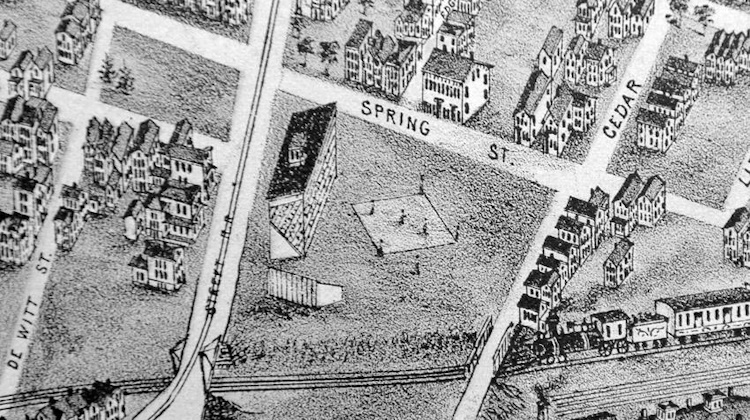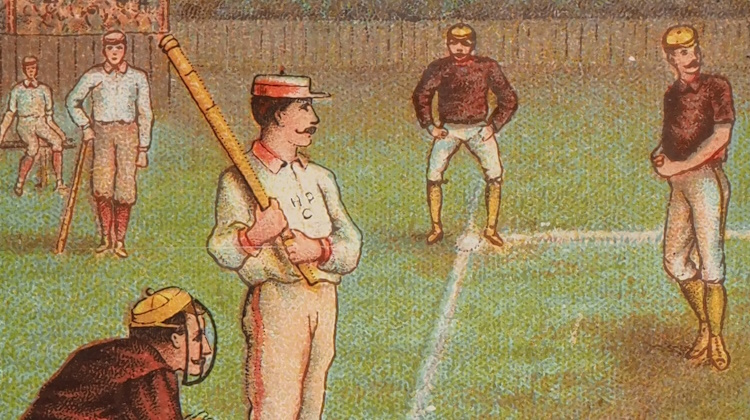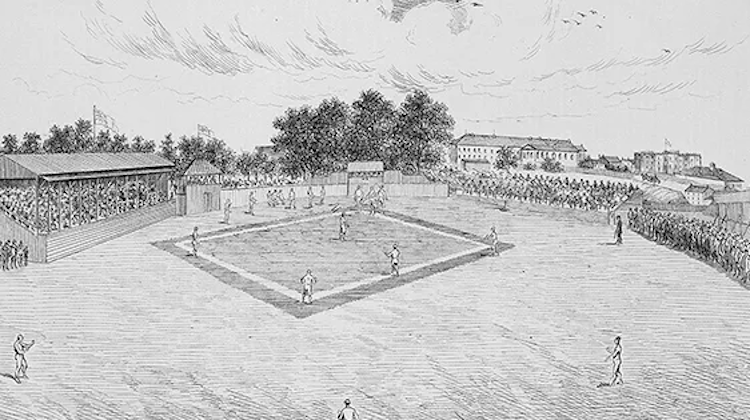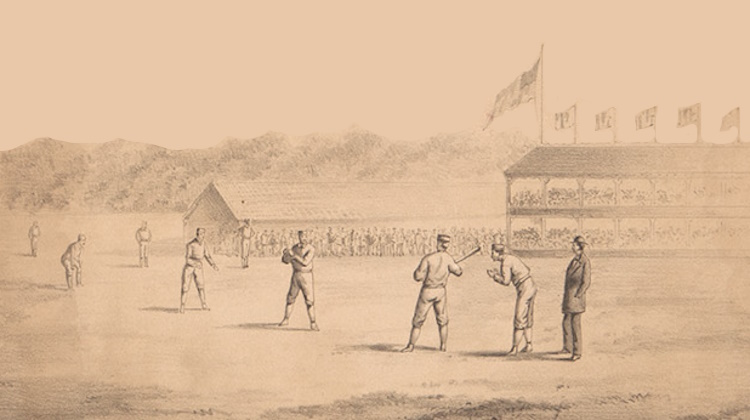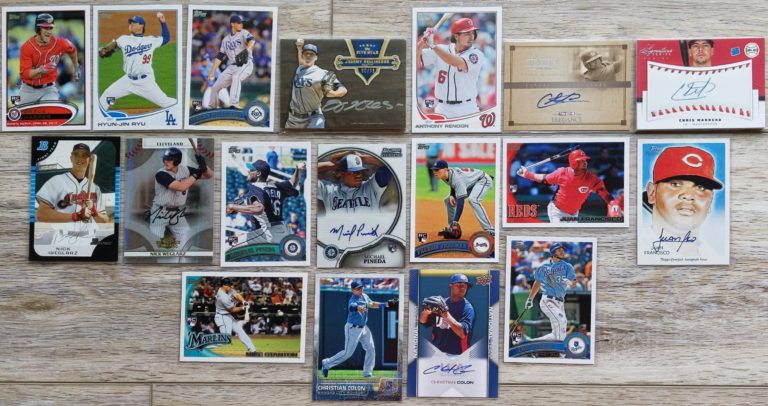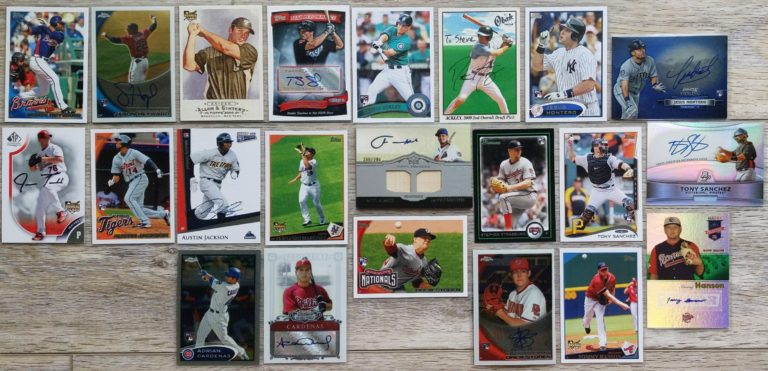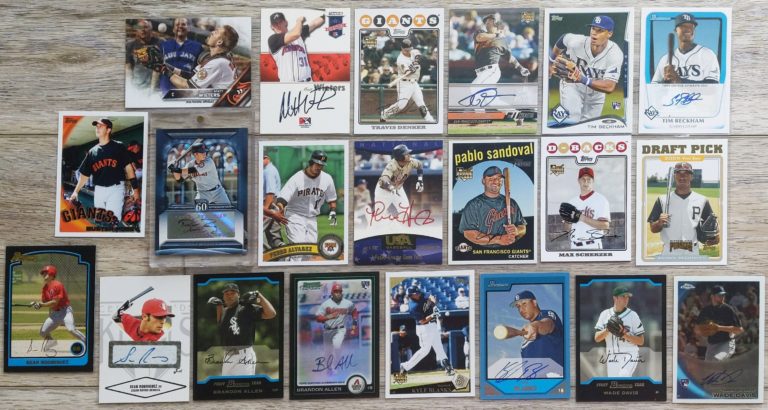The 1879 baseball season featured the Providence Grays’ National League championship, managed by George Wright and led by star pitcher John Montgomery Ward. The season introduced the reserve clause in players’ contracts, tying them to their teams, and a rule for the called third strike, shifting the balance between pitchers and hitters. The folding of the rival International Association further consolidated the National League’s dominance, shaping baseball’s future.
1878
The 1878 baseball season saw the Boston Red Caps repeat as National League champions, finishing 41-19 under influential manager Harry Wright. A rule change moved the pitcher’s box to 50 feet, and Paul Hines became the first Triple Crown winner. The season marked the beginning of organized minor league baseball with the Northwestern League and included the expansion team Indianapolis Blues. These developments continued to shape and popularize the sport.
1877
The 1877 baseball season saw the Boston Red Caps win the National League pennant with a 42-18 record. The season was marred by a major gambling scandal involving the Louisville Grays, leading to lifetime bans for the accused players. On-field rules evolved, including a reduction in balls required for a walk from nine to eight. Future Hall of Famer Cap Anson made his debut, contributing to a significant chapter in baseball’s early history.
1876
In 1876, the National League (NL) was founded by Chicago businessman William Hulbert, marking a new era in baseball. Eight initial teams were assembled, and the Chicago White Stockings won the first season with a 52-14 record. The game’s rules were different then, but the NL’s establishment was a key step in transitioning baseball from a disorganized pastime to a structured professional sport, shaping the game as it is known today.
All-Star Analysis of Players, version 2 (ASAP2)
The goal of All-Star Analysis of Players (ASAP) is to identify baseball Hall of Fame players as early as possible before they are inducted into the Hall of Fame. The ASAP system described here identifies players when they reach the halfway point Hall of Fame status. How It Works An all-star team is constructed for each […]
Retiring My 2012 Prospects Collection
Most of the 2012 class of prospects had highly successful MLB careers, and all but one of them are still active. Of the twelve prospects, six are all-stars. Every player made it to the major leagues. Here’s a look at my 2012 Prospects collection, and the final results of each player’s career (players who are […]
Retiring My 2011 Prospects Collection
Most of the 2011 class of prospects had highly successful MLB careers, and most of them are still active. Of the twelve prospects, five are all-stars. Three of them will be serious Hall of Fame candidates when they retire. Every player except for one made it to the major leagues. Here’s a look at my […]
Retiring My 2010 Prospects Collection
The 2010 class of prospects had highly successful MLB careers, and most of them are still active. Of the twelve prospects, seven are all-stars. Every player except for one made it to the major leagues. Here’s a look at my 2010 Prospects collection, and the final results of each player’s career (players who are still […]
Retiring My 2009 Prospects Collection
The 2009 crop of prospects was not as successful as other years. Of the twelve prospects, two are all-stars. Every player made it to the major leagues. Two of the players are still active and set to play in 2023: Jason Heyward and Stephen Strasburg. Here’s a look at my 2009 Prospects collection, and the […]
Retiring My 2008 Prospects Collection
Most of my top prospects for the 2008 season had successful MLB careers. Of the twelve prospects, two are Heroes of Baseball, and seven are all-stars. Every player made it to the major leagues. Four of the players are still active, though two of them remain unsigned to an MLB team for the 2023 season […]
